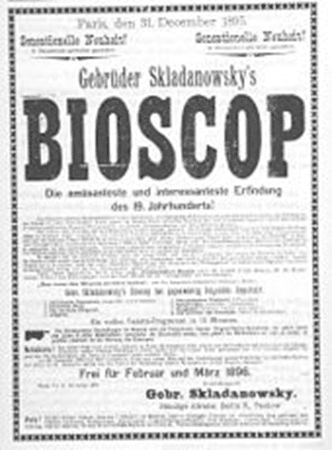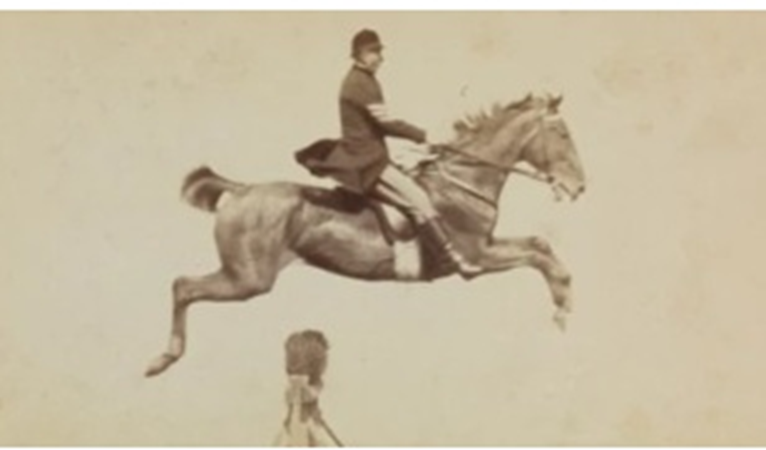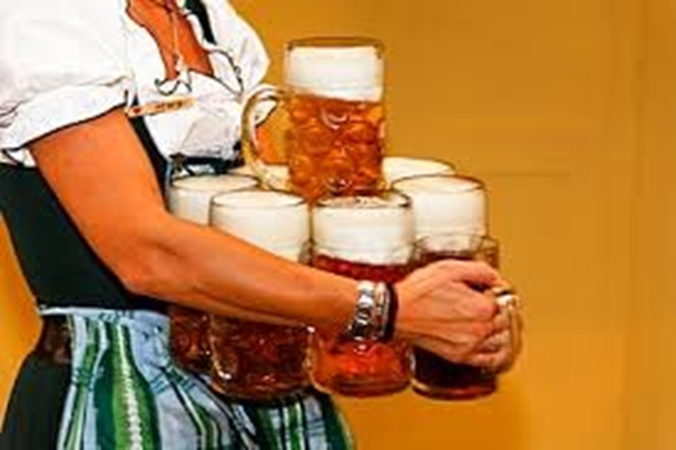Luebeck, Germany, located in the northern part of Germany, makes some of the best Marzipan in the world. This city had better access to almonds due to its location to trade routes and therefore, added more almonds to this beautiful confection than cities located in southern Germany.
Ben Meyers
Editor in Chief
Editorial
Welcome to Ben Meyers International Entertainment Magazine and thank you for joining us in our venture of appreciating cinema at the international level as countries integrate, collaborate, and cooperate to bring their outstanding voices and stories from around the world to international attention.
The year 2025 marks the 10th anniversary of Ben Meyers International Movie Critics. With its international presence on four major platforms and a database of over 4,000 movie critiques representing the countries of the world, we can think of no grander way to celebrate this month of March than by releasing the first issue of Ben Meyers International Entertainment Magazine, a magazine that has been in the planning stages for two years, in draft form.
Happy Anniversary Ben Meyers International Movie Critics and a deep wish for many, many more years of providing honest critiques with a keen appreciation for the hours of entertainment that movies and television have brought to international as well as domestic audiences and to thank the multi-talented people from the extras, the techs, the musicians, the directors, the producers, and the stars to make that entertainment possible.
Thank you to all the people who spend entire lives constantly improving, working through the night, while most of us sleep comfortably in our beds, to develop the equipment necessary to move from the black and white silent era of filmdom to the dazzling productions that we can watch from the comfort of our homes with our families at our side 24 hours a day, 7 days a week, 365 days a year.
Happy Anniversary Ben Meyers International Movie Critics for providing one essential element to the industry—that of constructive criticism.
Ben Meyers

OP ED
We welcome Op Eds. There is no financial compensation for Op Eds and Op Eds are not protected by copyright law after submission, acceptance, and inclusion on our page platforms. Op Ed pieces may be submitted to:
benmeyersinternational@benmeyersinternational.com
Please add in the Subject Line the words ‘Op Ed’, your name or pseudonym, the issue of the magazine you wish your Op Ed added, and the country from which the Op Ed is originating. We may add or reference your Op Ed not only to current issues of the magazine but to archived issues of the magazine. We also may add your Op Ed to one of the four platforms we use: X.com, Blogger, Facebook, and/or YouTube.
Please remember our commitment to building the entertainment industry and encouraging international participation to increase understanding and appreciation of international culture as it impacts the interest and enrichment of lives across our globe. We cater to all audiences and keep our magazine within the ‘G-rated’ family approved range.
Respectfully, Ben Meyers
NOTE: All Photos Used in this FREE Magazine are Courtesy of Google Images, Wikipedia, IMDb, or Internet Archive.
CONTENTS
Broadening and Expanding Focus, Those Marvelous Inventors and Experimenters
How Stars Are Born, German Stars Then and Now
Those Wunderbar German Film Festivals!
Places to Go and Things to See
When Quality Counts, GO Germany
Broadening and Expanding Focus, Those Marvelous Inventors and Experimenters
by Ben Meyers
From collegiate film studies I integrated an understanding that the beginning of the European film industry has been deeply driven by France and French artists such as Georges Mèliés, the producer, director, writer, and publicist of Le Voyage Dans La Lune (1902) and his earlier works, Cinderella (1899) and Joan of Arc (1900).
Georges Mèliés, French Film Producer
Le Voyage Dans La Lune (1902)
The Lumiere Brothers' French Invention
It is a bit of a shock, therefore, in doing research for this issue of Ben Meyers International Magazine with its Focus on Germany, to find that German auteurs were as influential in the early film industry, both in Germany and the United States, as early as 1892 and were the first to acquire paying audiences for motion pictures.
*Note: Some sources allow earlier dates of German efforts to display motion pictures.
Skladanowski Brothers’ German Bioscop
While this movement was not confined to Ottomar Anschütz (see contributions above made by the German Skladanowski Brothers and their invention of the Bioscop) this issue of Ben Meyers International Magazine chooses to highlight German Producer Ottomar Anschütz due to his longevity in field studies, productivity, and unusually high quality of performance in sharpness and clarity of motion pictures.
Ottomar Anschütz
Ottomar Anschütz’s Electrotachyscope
In 1892 Germany, 34,000 people paid to see Anschütz’s moving pictures at the Berlin Exhibition Park.
*Note: Some sources show paying audiences in Berlin as early as 1887.
Ottomar Anschütz’s efforts allowed people to see what they had not been able to see before.
Ottomar Anschütz’s Jumping Horse
Ottomar Anschütz’s Moving Sheep
How German Stars Were Born
German Stars, Then and Now
As movies began to work with stories that involved people, audiences began requesting certain actors and actresses to perform more than others and as studios began honoring those requests, the birth of movie stars began. One of the first to rise was Germany’s sweetheart of film, Henny Porten.
Henny Porten, Hanna Brinkmann, Werner Pittschau, Alfred Abel
From Left to Right: Nilam Farooq, Til Schweiger, Christopher Waltz
SUMMER
Some movie stars, like Marlene Dietrich, gained fame internationally.
From Left to Right: Nilam Farooq, Til Schweiger, Christopher Waltz
Today, due in part to innovations in mobility and increased integration of talent within the industry, Germany offers the world actors and actresses who have gained international recognition.
Those Wunderbar German Film Festivals!
It has been said that everything to give a film idea life begins at a film festival—advertising, negotiations, and financing. While not entirely true, film festivals do play an important part in the entertainment industry and Germany plays no small part in this segment of the industry. German Film Festivals cover the four seasons—Spring, Summer, Autumn, and Winter—each with its focus on specific film types that drive audience attendance and interest. We will begin with Spring and move through the seasons with a final focus on the pièce de resistance, The Berlinale, a winter season festival on par with France's Cannes Festival and the United States' SXSW and Sundance festivals.
SPRING
International cellu l’art Short Film Festival
JENA, GERMANY
April or Early May
The International cellu l’art Short Film Festival focuses on films that limit to 30 minutes or less and cover animations, documentaries, experimental, drama, and feature films to attract an international audience.
Jena, Germany is a small valley located within a picturesque mountain range and is best accessed by auto. Within season the mountains flower with a variety of beautiful orchids.
Jena’s small town atmosphere, around 100,000 inhabitants, and its universities, which encourage a younger population, make this festival a terrific destination point for short film enthusiasts and those who prefer the smaller festival.
It is a research city that contains the home of the Zeiss lense, a company responsible for microscope, telescope, military, and space instrumentation.
While the city’s inhabitants are mostly non-religious, Jena is the burial site of Martin Luther, the home of researcher Hans Berger who discovered the electroencephalogram (EEG), an instrument that measures brain waves, and the Zeiss camera lens company.
SUMMER
The Munich International Film Festival
MUNICH, GERMANY
Late June or early July
Filmfest Munchen focuses on documentaries and full-length feature films.
Munich Germany, nearly a thousand years of age, is a metropolis of more than 1.5 million people and the capital city of Bavaria. It received significant restoration after the ravages of World War II and is a world, high-culture city.
AUTUMN
Oldenburg International Film Festival
OLDENBERG, GERMANY
Independent Films
September
The Oldenburg Film Festival focuses on Independent Films. Oldenburg sits within a metropolitan area of nearly 2.8 million people, has close access to several international airports, and is culturally rich due to its age.
AUTUMN
SCHLiNGEL Short Film Festival
Children and Young Audiences
CHEMNITZ, GERMANY
Late September to Early October
The SchLingel focuses on films for the younger audience and children’s audiences. It is located in Chemnitz, Germany, a German manufacturing area populated by people with higher than average education levels.
WINTER
BERLIN, GERMANY
February
The Berlinale ranks with international film festivals such as Cannes, Venice, and Sundance with its high ticket sales, film professional attendance, and wide representation from many countries across the world. Berlin is a world city with 4.6 million people and is internationally known for its involvement in media and high tech industry.
Places to Go and Things to See
SPIELZEUGMUSEUM TOY MUSEUM
HIKE AND SKI
NEUSCHWANSTEIN CASTLE
When Quality Counts GO Germany
When Quality Counts GO Germany
MERCEDES BENZ
BMW
HÖNES CUCKOO CLOCKS
KING-WERK, WURFEL & MUELLER
BEER STEINS
GERMAN DRESSAGE
NIEDEREGGER MARZIPAN
ZEISS LENSE
GERMAN CLASSIC BOOK COLLECTIONS
ROSSIGNOL SKIS
LEATHER GOODS
When Quality Counts GO Germany
This magazine is informationally driven by the following websites which we are gratefully indebted to and thank you for the collections of information we had access to create the draft issue of Ben Meyers International Entertainment Magazine Focus Germany. We hope you enjoy our next issue with its Focus on Australia.
Netflix, YouTube, Amazon Prime, Wikipedia, X.com, Facebook, Google, IMDb, Internet Archive






































































No comments:
Post a Comment